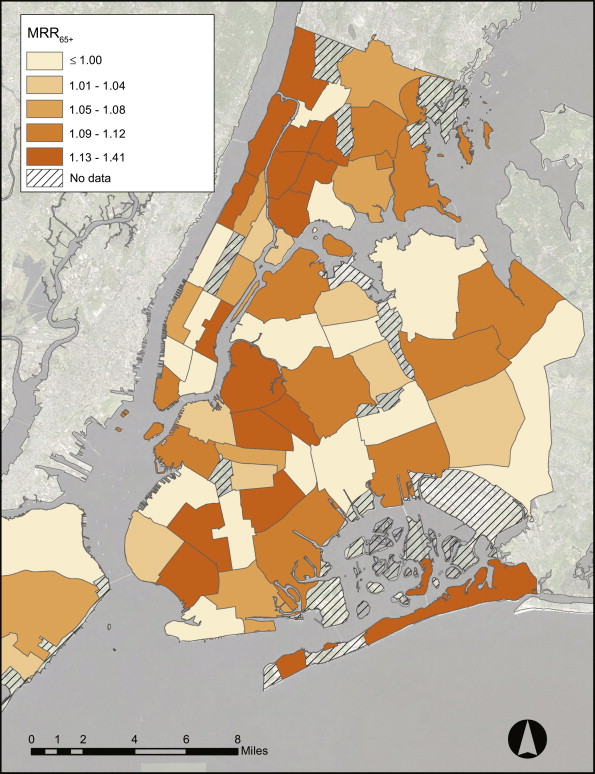World Development, Volume 66, February 01, 2015
Voluntary standards are gaining in importance in global markets for high-value foods. We analyze and compare impacts of three sustainability-oriented standards - Fairtrade, Organic, and UTZ - on the livelihoods of smallholder coffee farmers in Uganda. Using survey data and propensity score matching with multiple treatments, we find that Fairtrade certification increases household living standards by 30% and reduces the prevalence and depth of poverty. For the other two certification schemes, no significant impacts are found.
Sustainable Materials and Technologies, Volume 1, December 01, 2014
This paper looks ahead, beyond the projected large-scale market penetration of vehicles containing advanced batteries, to the time when the spent batteries will be ready for final disposition. It describes a working system for recycling, using lead-acid battery recycling as a model. Recycling of automotive lithium-ion (Li-ion) batteries is more complicated and not yet established because few end-of-life batteries will need recycling for another decade. There is thus the opportunity now to obviate some of the technical, economic, and institutional roadblocks that might arise.

